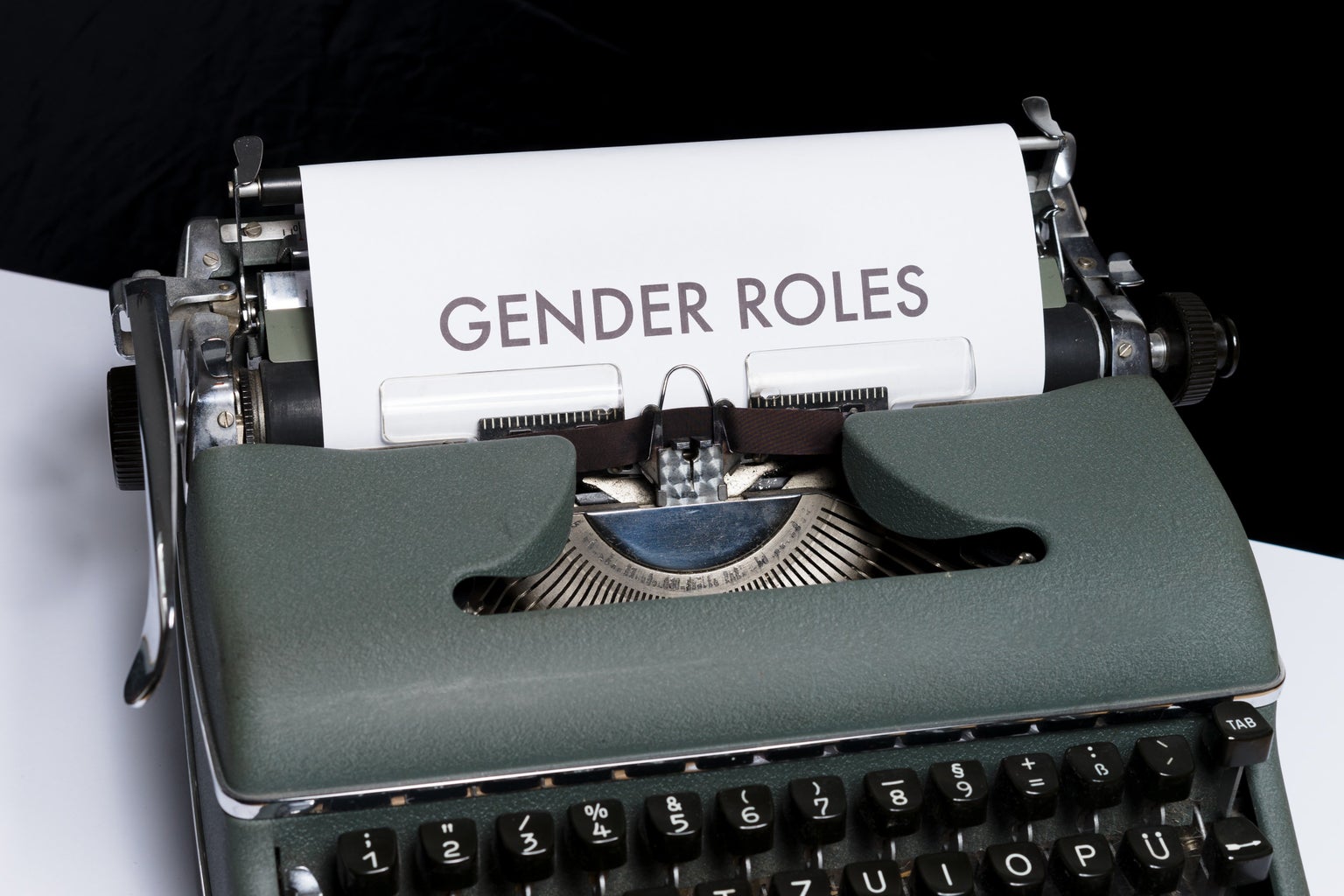The cover of December’s issue of Vogue is a familiar face to many. We all had his fun, lighthearted song, “Watermelon Sugar,” on repeat this summer. In late October, his music video “Golden” dropped, which encapsulates the perfect autumnal feeling as he runs through the countryside of Italy’s Amalfi Coast.
So, naturally, fans of Harry Styles were delighted to find out that he was going to be the magazine’s first-ever solo male cover star. And not only did his Vogue feature capture the eyes of his fans, it became the talk of the internet — in large part because of what he was wearing.
On the cover, he has on a light blue lace dress with black detailing and a black tuxedo-style jacket, both by Gucci. Another picture shows the full elegance of the dress, with an elaborate train of layers and lace. For the rest of the shoot, he wears a variety of gender-fluid outfits: a kilted skirt and sweater vest, custom yellow corduroy pants, a trench coat with an elaborate architectural vest. It’s both aesthetically and thematically beautiful, a stunning expression of color, shape, and nature — a breaking and blending of gender boundaries.
In the profile by Hamish Bowles, Styles explains how he likes to break traditional gender boundaries in fashion: “I’ll go in shops sometimes, and I just find myself looking at the women’s clothes thinking they’re amazing. It’s like anything — anytime you’re putting barriers up in your own life, you’re just limiting yourself.”
And while many celebrated Styles’ breaking of gender boundaries, his cover also had its fair share of critics, perhaps the most recognized of which was conservative commentator Candace Owens, who used the moment to argue that society should “Bring back manly men.”
But while Owens and others who agree with her view think that, as she says, “a man in a dress” is indicative of a society that is regressing by abandoning past societal constructs, I (and a lot of other young people online) see it differently. In fact, this is something I’ve been learning about in my First-Year Writing class at Barnard, which is called: “What is a Woman?” In the class, we have learned how femininity — and masculinity as well — are constructions, and in our society they have often limited the wide spectrum of forms that gender and gender expression can take.

We are in an era where we are able to understand, explore, and deconstruct societal constructs that may not be a true reflection of who we are as people — gender roles being one of them. And Harry Styles’ Vogue shoot is just the beginning. In fact, many have wondered if a cis, conventionally attractive white man in a dress is really as groundbreaking and gender-fluid as some are making it out to be.
Ultimately, Styles’ cover is sparking a conversation, and signifying that the world is ready — and perhaps has long been ready — to have that conversation. And the cover, and its accompanying shoot and profile of Styles is also just cool. It shows what can happen — in fashion, in art, in society at large — when we decide to break beyond artificial boundaries.


